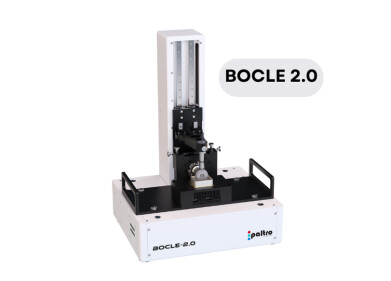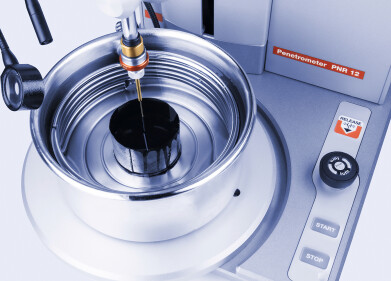Measurement and testing
Automated Smoke Point Analyser
Sep 07 2012
The Smoke Point method, in accordance with ASTM D1322, IP57, and ISO3014, is one of the oldest test methods in the petroleum industry. This test method provides an indication of the relative smoke producing properties of kerosenes and aviation turbine fuels in a diffusion flame. The Smoke Point is related to the hydrocarbon composition of such fuels. Generally, the more aromatic the fuel, the smokier the flame. A high Smoke Point indicates a fuel of low smoke producing tendency.
Performing the smoke point test manually requires highly skilled technicians with years of experience. Additionally, the manual test is time consuming and costly. The current visual rating method used for specification purposes suffers from the drawback of operator subjectivity. Measurement of an open flame is a challenging exercise and inherently dangerous for laboratory personnel. The visual rating of the flame varies from one operator to another.
An automated instrument that strictly mimics the procedure described in the ASTM and IP test methods was developed in 2011. A joint EI / ASTM inter-laboratory test was organised. Energy Institute coordinated all actions and the results were published early this year. The precision of the automated method was declared to be four to five times better than the manual method without significant bias.
The IP method was immediately balloted and approved. The new IP 598 replaces the IP 57. A new DEF STAN 91-91 will be published in early September 2012 and will include the new IP 598 method. The modified ASTM D1322 has been approved at Subcommittee level and is currently being balloted at D02 level.
In addition to the vastly increased precision, the new automated method offers nearly a 60-75% reduction in Labour Costs. Pre-calibration tests are no longer required which also represents a significant reduction in Labour Costs and virtually eliminates the need for routine blending of calibration standards. The most significant savings are realised in the improved precision. The new method drastically reduces “give-away” due to product over specification.
Digital Edition
PIN 25.6 Buyers' Guide
January 2025
Buyers' Guide Directory - Product Listings by Category - Suppliers Listings (A-Z) Articles Analytical Instrumentation - ASTM D7042: The Quantum Leap in Viscosity Testing Technology -...
View all digital editions
Events
Jan 22 2025 Tokyo, Japan
Jan 25 2025 San Diego, CA, USA
SPE Hydraulic Fracturing Technology Conference and Exhibition
Feb 04 2025 The Woodlands, TX, USA
Feb 05 2025 Guangzhou, China
Trinidad and Tobago Energy Conference 2025
Feb 10 2025 Point Lisas, Trinidad


















